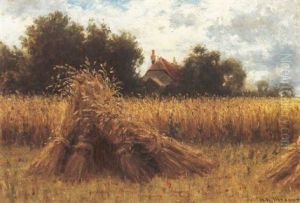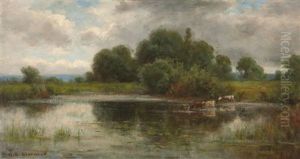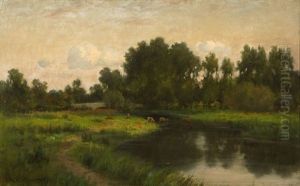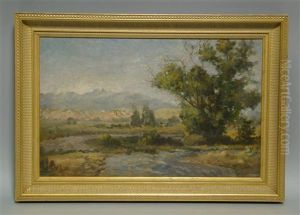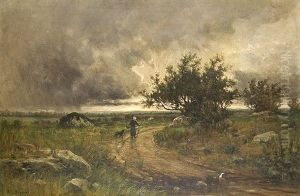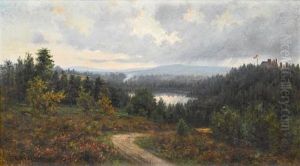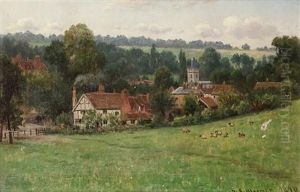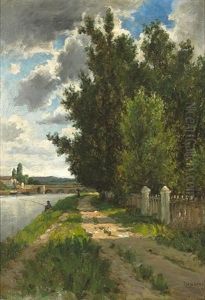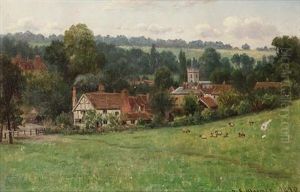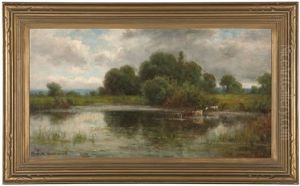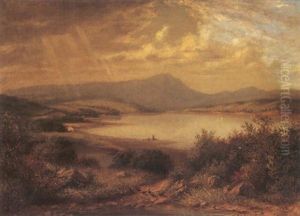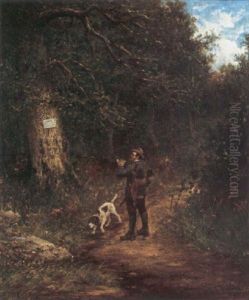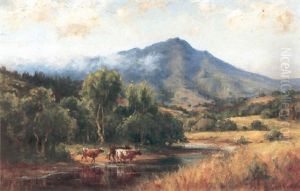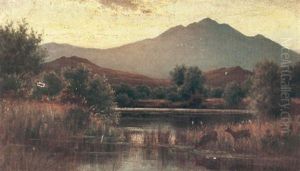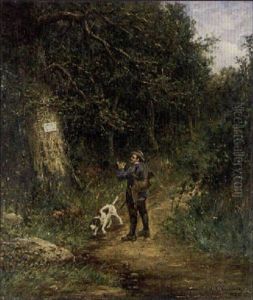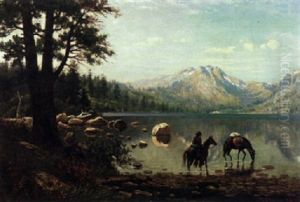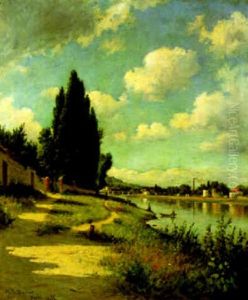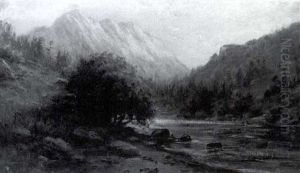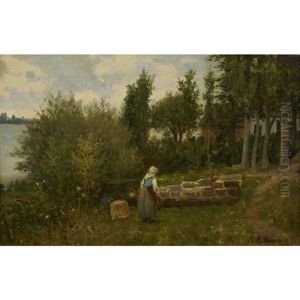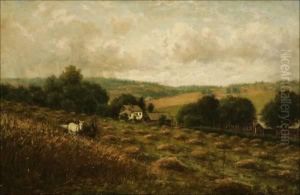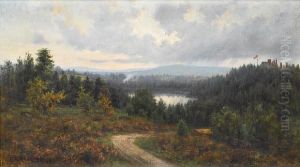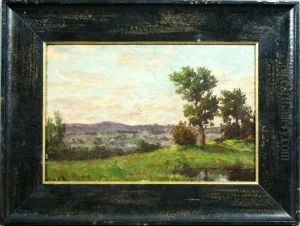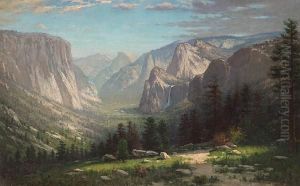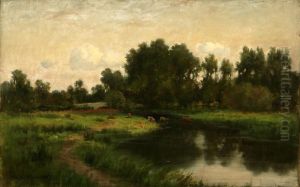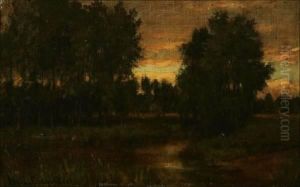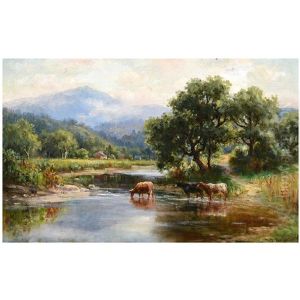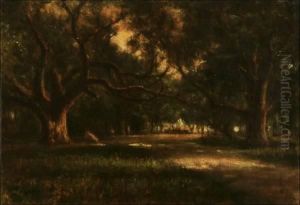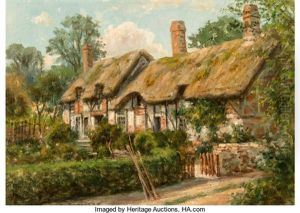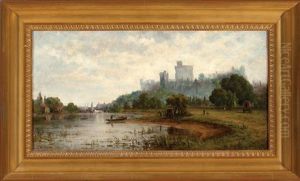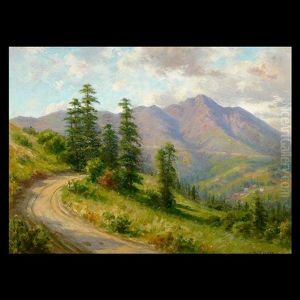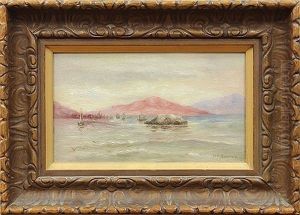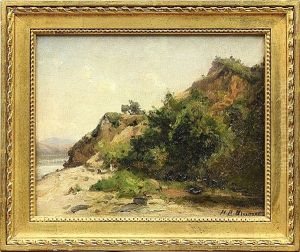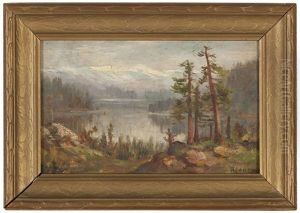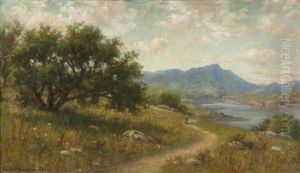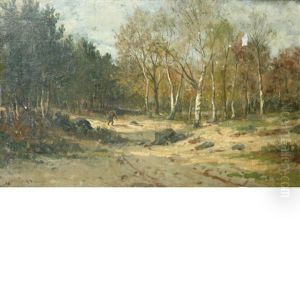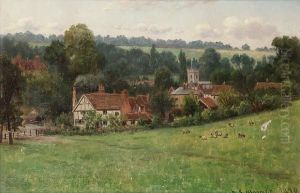Hiram Reynolds Bloomer Paintings
Hiram Reynolds Bloomer was an American artist known for his landscape and marine paintings. Born on October 27, 1845, in New York City, Bloomer's artistic talent became evident at a young age. Despite the lack of extensive documentation on his early life and training, it is known that he developed his skills during a period rich in American art history, a time when the Hudson River School's influence was still prevalent and the American Impressionist movement was on the rise.
Bloomer's works often reflected a deep appreciation for natural beauty, a characteristic of the Hudson River School painters, who were known for their romantic and often sublime portrayals of the American wilderness. While Bloomer did not receive the same level of recognition as the leading figures of this movement, his landscapes and seascapes were noted for their delicate use of color and light, capturing the serene and idyllic qualities of his chosen scenery.
Throughout his career, Bloomer traveled extensively, which influenced the diversity of subjects in his paintings. He spent significant time on the West Coast, particularly in California, where he was drawn to the state's varied landscapes. Bloomer's California paintings, which include views of San Francisco Bay, the Sierra Nevada, and other picturesque locales, contributed to the visual documentation of the American West during a period of significant change and development.
Bloomer's work was exhibited at various institutions during his lifetime, including the National Academy of Design in New York. Despite his contributions to American art, Bloomer did not achieve the same fame as some of his contemporaries. His paintings, however, have been appreciated by collectors and connoisseurs for their quiet beauty and historical value.
Hiram Reynolds Bloomer passed away on July 12, 1911, in San Francisco, California. His legacy is preserved through his artworks, which continue to be appreciated for their representation of 19th-century American landscapes and seascapes, as well as for their embodiment of the transitional period between the Hudson River School and American Impressionism.
